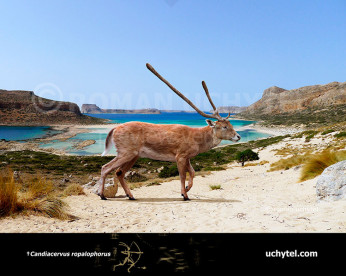Sardinian deer
560560
Sardinian deer (Praemegaceros cazioti (†Praemegaceros (Portis, 1920))
Synonyms: Praemegaceros sardous
Order: Artiodactyla
Family: Cervidae
Temporal range: Endemic to Sardinia from the late Middle Pleistocene to the Early Holocene
Dimensions: length - 1.5 m, height - 90 -100 сm, weight - 60-130 kg.
Praemegaceros cazioti was widespread on both Sardinia and Corsica from Middle-Late Pleistocene to Holocene, and its remains are very common. Endemic to Mediterranean islands, the ancestor of P. cazioti appears to have dispersed to Sardinia during the Middle Pleistocene, with the earliest well dated records of Praemegaceros at Su Fossu de Cannas in Sardinia being over 450 kya in age. The Sardinian deer sometimes classified within the mainland genus Megaloceros, however, genetic studies prove a more distant relation than initially thought. Early remains of the genus in Sardinia are referred to the species P. sardus/sardous. P. cazioti is smaller than these ancestors, being slightly larger than a fallow deer. The cranial morphology appears and magnificent antlers to be unaffected by the insular dwarfism. Just like other deer, the females lived in herds while males were more solitary.
Payment
You may use multiple payment methods to buy image such as credit cards, PayPal and bank transfer.
Sardinian deer (Praemegaceros cazioti (†Praemegaceros (Portis, 1920))
Synonyms: Praemegaceros sardous
Order: Artiodactyla
Family: Cervidae
Temporal range: Endemic to Sardinia from the late Middle Pleistocene to the Early Holocene
Dimensions: length - 1.5 m, height - 90 -100 сm, weight - 60-130 kg.
Praemegaceros cazioti was widespread on both Sardinia and Corsica from Middle-Late Pleistocene to Holocene, and its remains are very common. Endemic to Mediterranean islands, the ancestor of P. cazioti appears to have dispersed to Sardinia during the Middle Pleistocene, with the earliest well dated records of Praemegaceros at Su Fossu de Cannas in Sardinia being over 450 kya in age. The Sardinian deer sometimes classified within the mainland genus Megaloceros, however, genetic studies prove a more distant relation than initially thought. Early remains of the genus in Sardinia are referred to the species P. sardus/sardous. P. cazioti is smaller than these ancestors, being slightly larger than a fallow deer. The cranial morphology appears and magnificent antlers to be unaffected by the insular dwarfism. Just like other deer, the females lived in herds while males were more solitary.

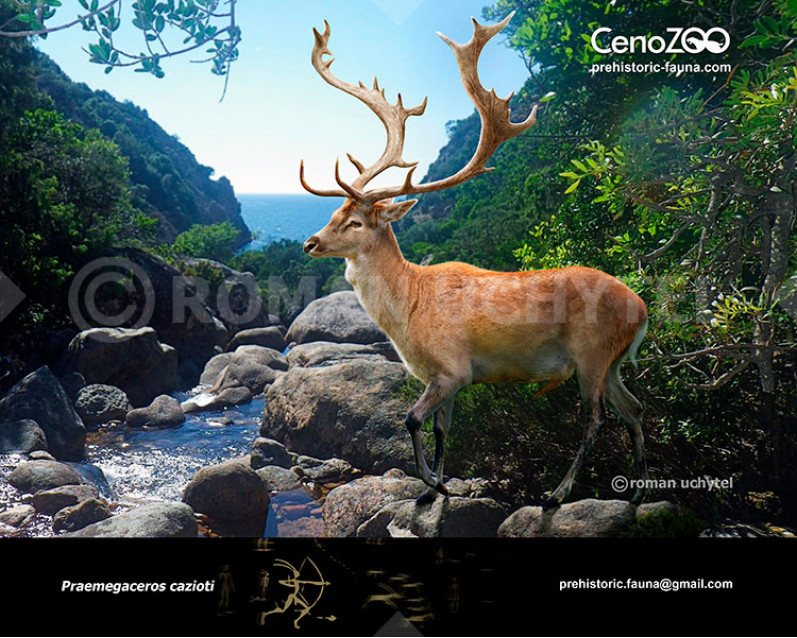
-797x638.jpg)
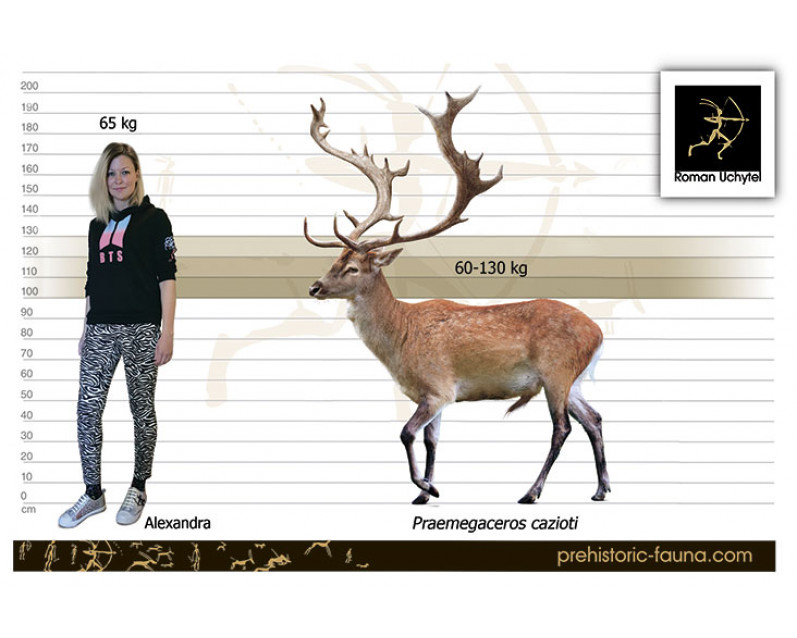

-70x56.jpg)

-346x277.jpg)
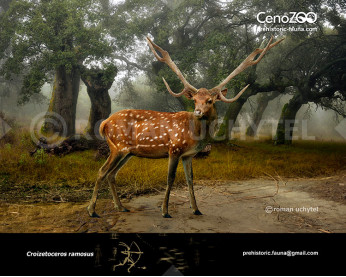
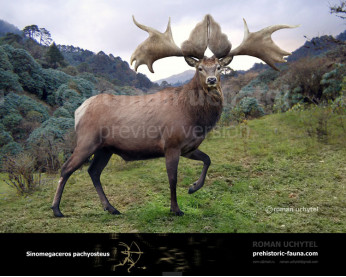
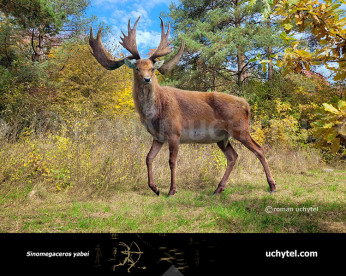
-346x277.jpg)
-346x277.jpg)
